1. National Museum of the Philippines
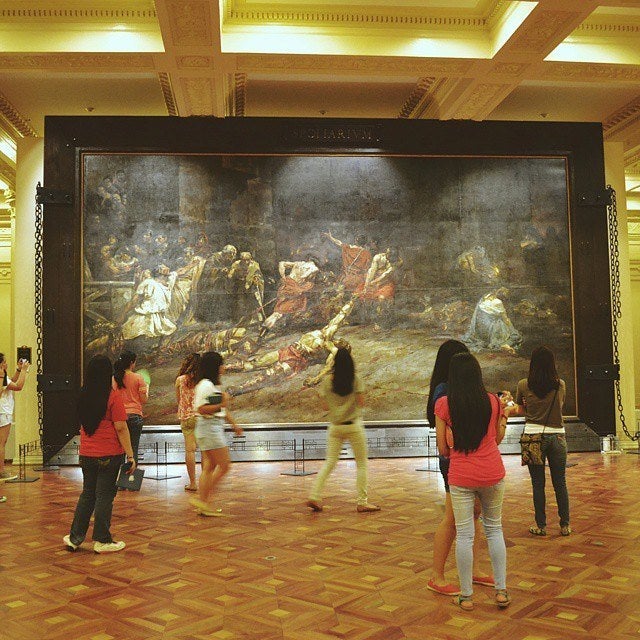

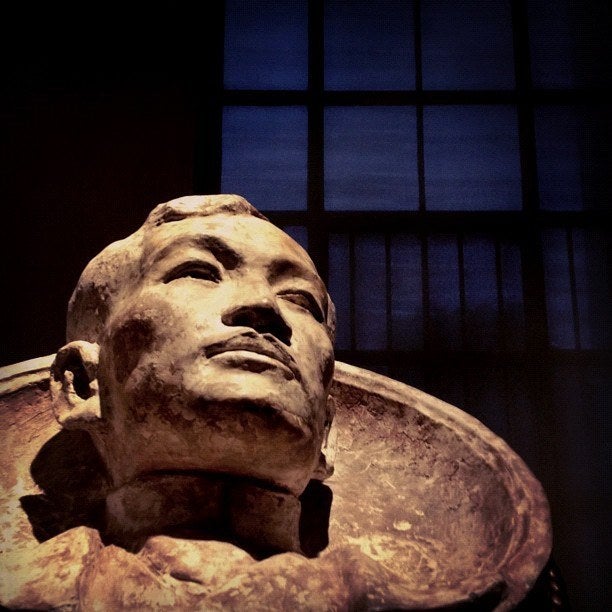

Location: Ermita, Manila
The National Museum of the Philippines houses a vast collection of natural and historical artifacts. These include Juan Luna's Spoliarium—which won the gold medal in the Exposición Nacional de Bellas Artes in 1884—and some of Jose Rizal's sculptures while he was on his exile in Dapitan.
2. Ayala Museum

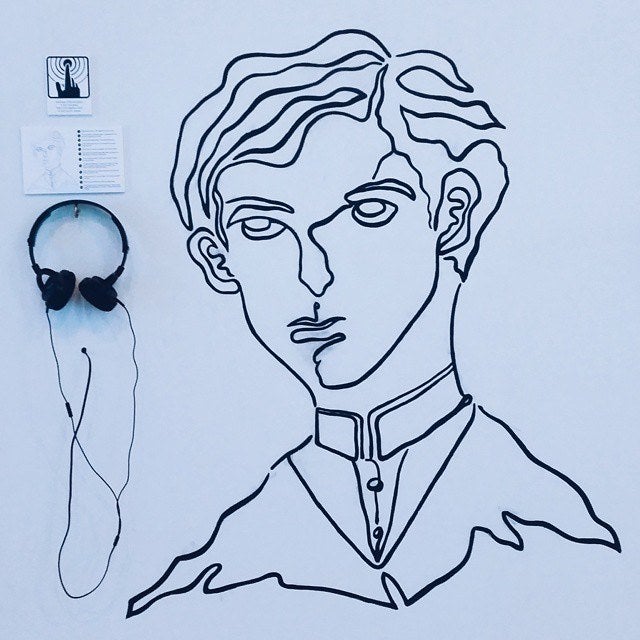


Location: Makati City
Situated at the heart of one of the busiest business districts in the country, the Ayala Museum is home to historical collections and contemporary art. The museum's highlights include The Philippine Diorama Experience, which narrates cultural milestones Filipinos have experienced over past centuries, and the Gold of Ancestors, a collection of archeological artifacts from pre-colonial Philippines.
3. Museo Pambata


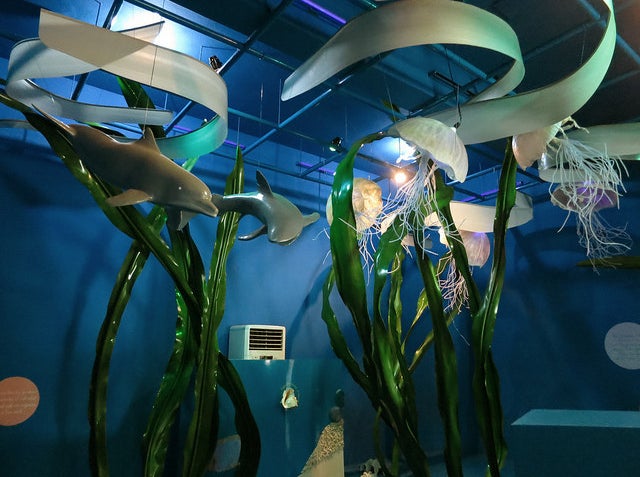
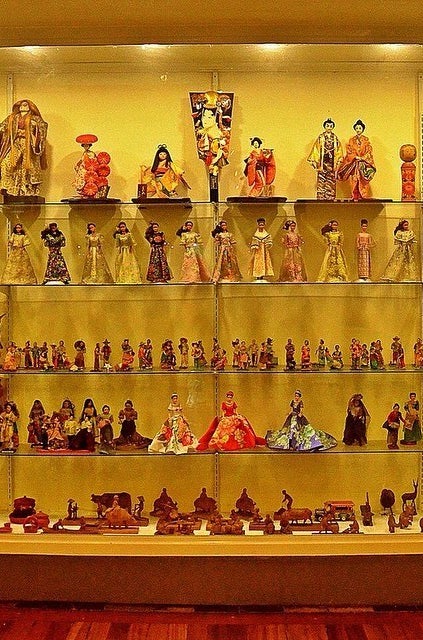
Location: Roxas Boulevard, Manila
The name of the museum directly translates to "museum for children." It's the first interactive children's museum in the Philippines. Aside from Philippine history, Museo Pambata also houses exhibitions about nature, biology, and social sciences.
4. Casa Manila
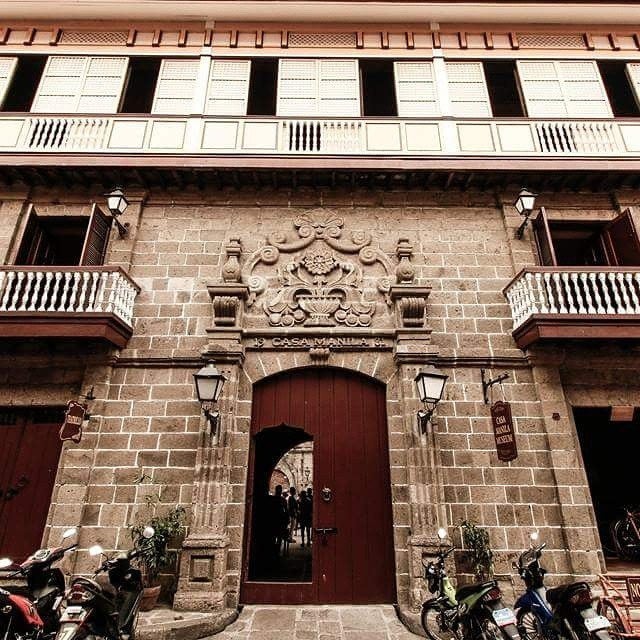
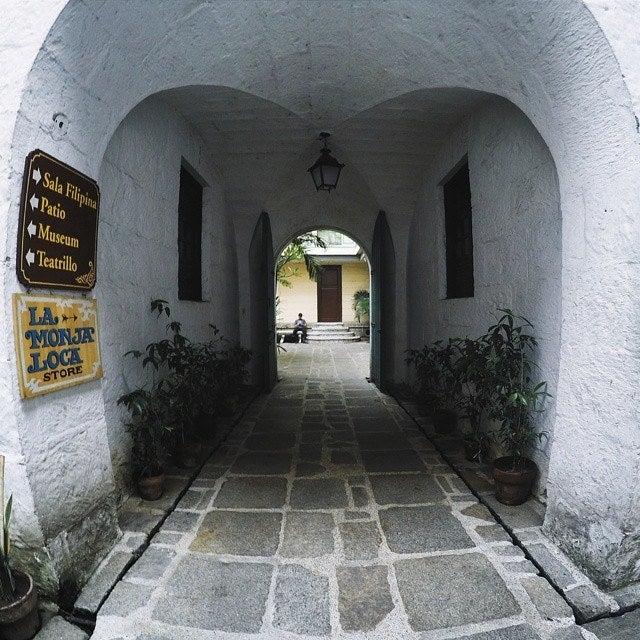

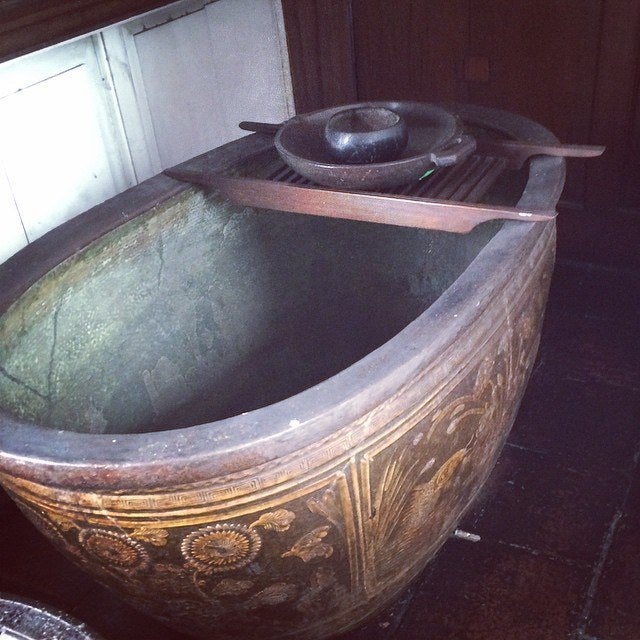
Location: Intramuros, Manila
Casa Manila is one of several museums inside the walled city of Intramuros. It aims to preserve and depict the life of the Ilustrados — the Filipino elite class — of the 17th and 18th century a.k.a. the Spanish period.
5. Rizal Shrine - Calamba

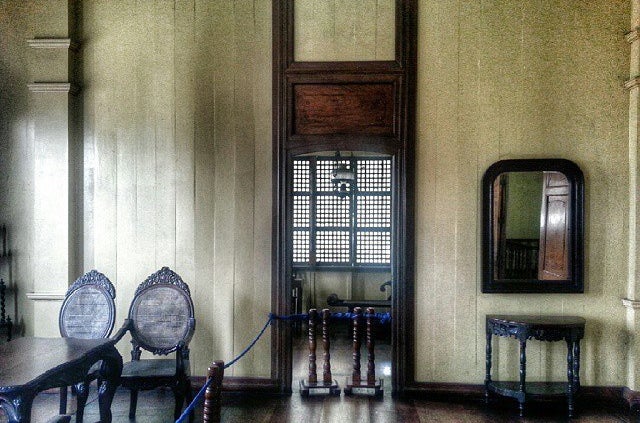
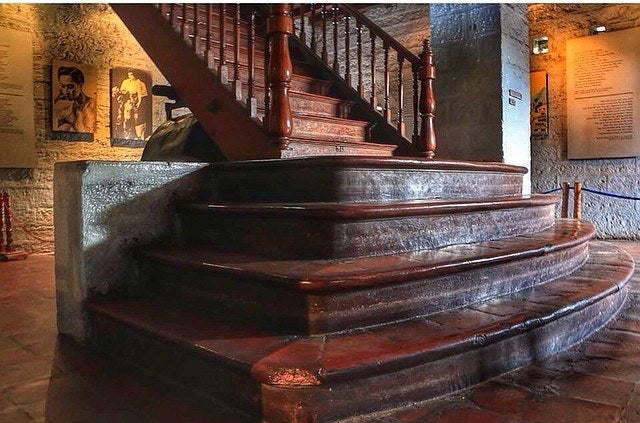

Location: Calamba, Laguna
It's also known as The Rizal House because this is where the Philippine National Hero was born and raised. The house was demolished and destroyed during the Second World War, but was eventually reconstructed to emulate the original Rizal home. It now serves as the repository of select Rizal family memorabilia.
6. Museo Sugbo
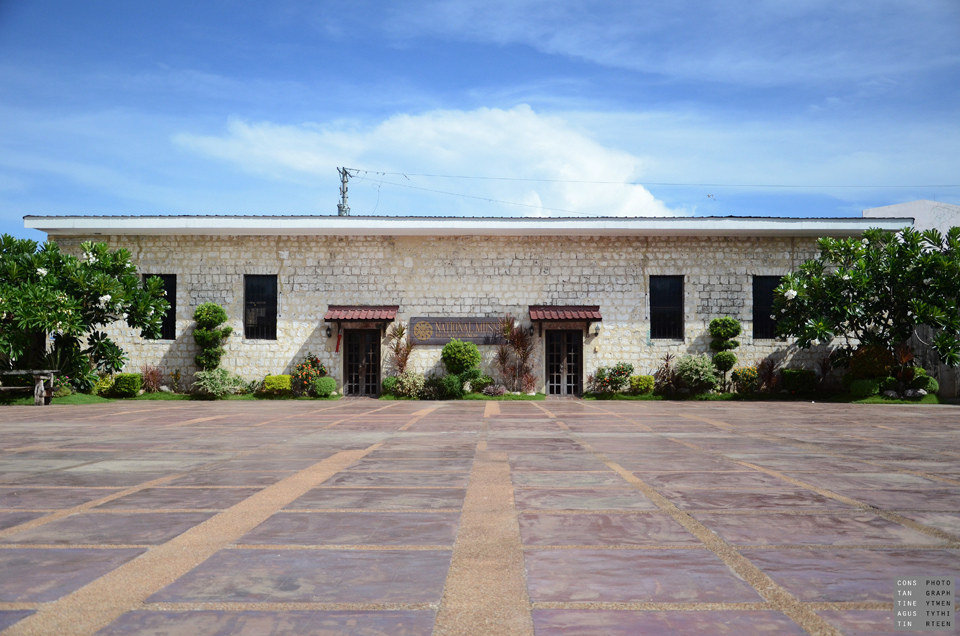
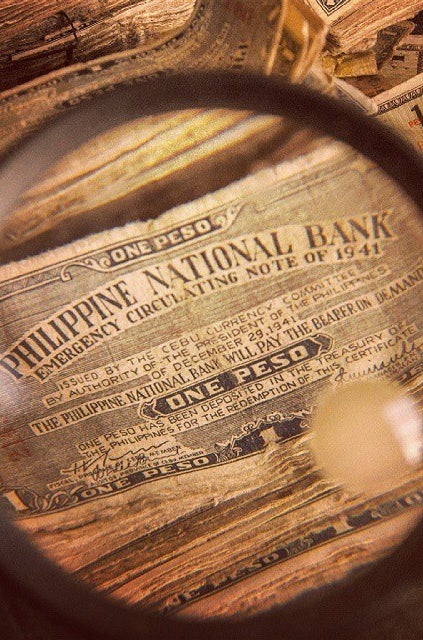
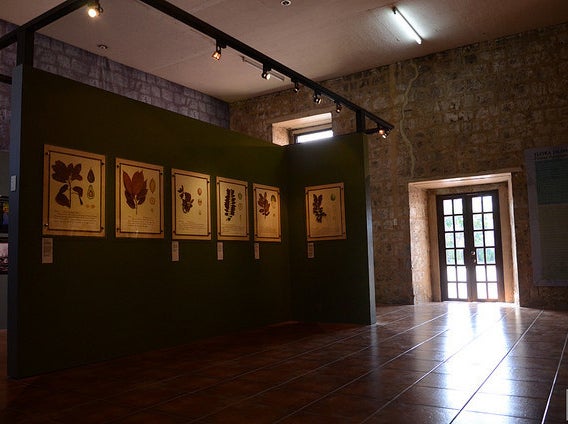
Location: Cebu City
Museo Sugbo has a rich history — as museums should. For one, it was a former provincial detention and rehabilitation center where many Katipuneros were imprisoned during the Spanish occupation. At present, it houses galleries dedicated to the pre-colonial, Spanish colonial, war memorial, and American colonial periods.
7. 1730 Jesuit House




Location: Cebu City
The 1730 Jesuit House, also known as Museo de Parian, is believed to be the oldest dated house in the Philippines. Aside from the intricate carvings of Chinese influence, a coin dating back to the Ming Dynasty led archeologists and historians to claim the original owners of the house are one of the earliest Chinese settlers in the district.
8. Casa Gorordo Museum

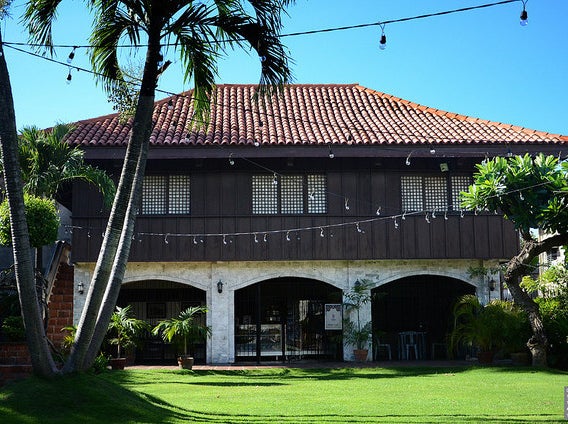

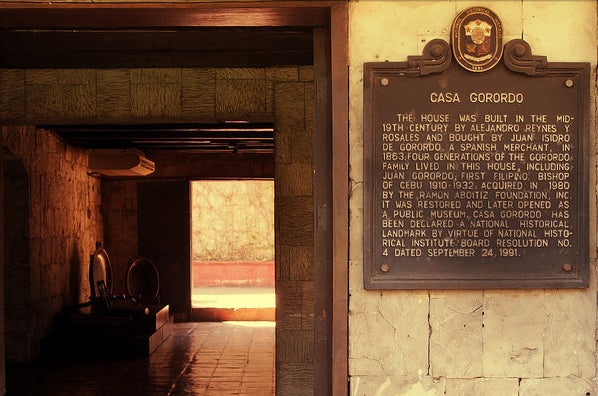
Location: Cebu City
Casa Gorordo was home to Juan Gorordo, the first Filipino Bishop of Cebu. It was later turned into a public museum and currently houses relics that depict the Philippine lifestyle from the 1860's to the 1920's.
9. Las Casas Filipinas de Acuzar
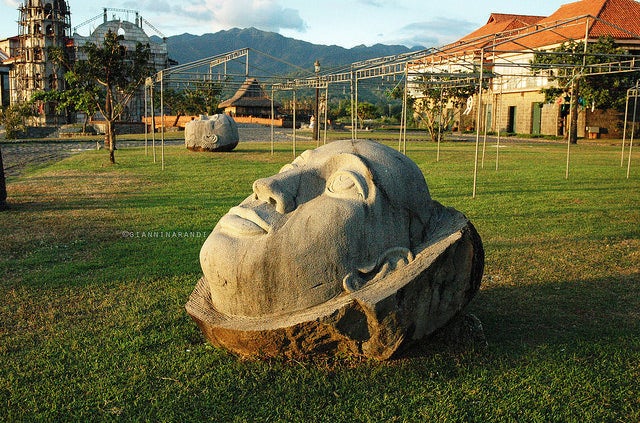
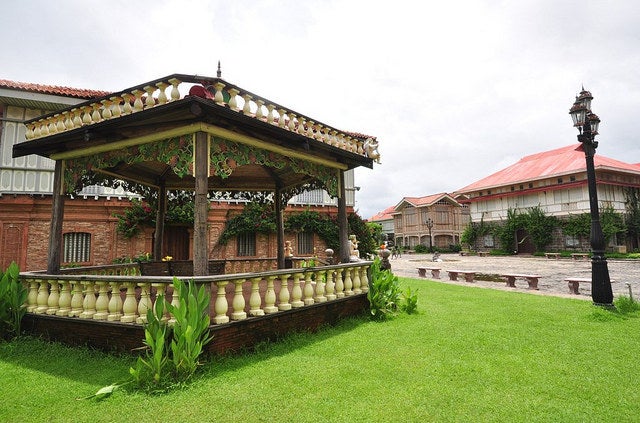
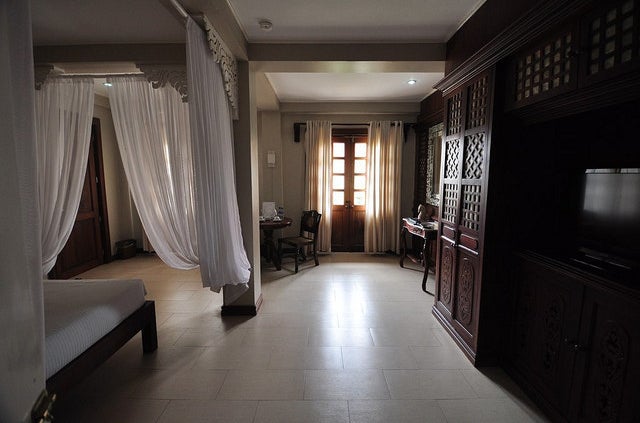

Location: Bagac, Bataan
Located at the sea-side of Bataan province, Las Casas Filipinas is an open-air museum and heritage park resembling Spanish colonial mansions and stone houses. Aside from the museum, the heritage park also has a restaurant, a swimming pool, and offers calesa (horse-drawn carriage) rides around the area.
10. Lopez Museum

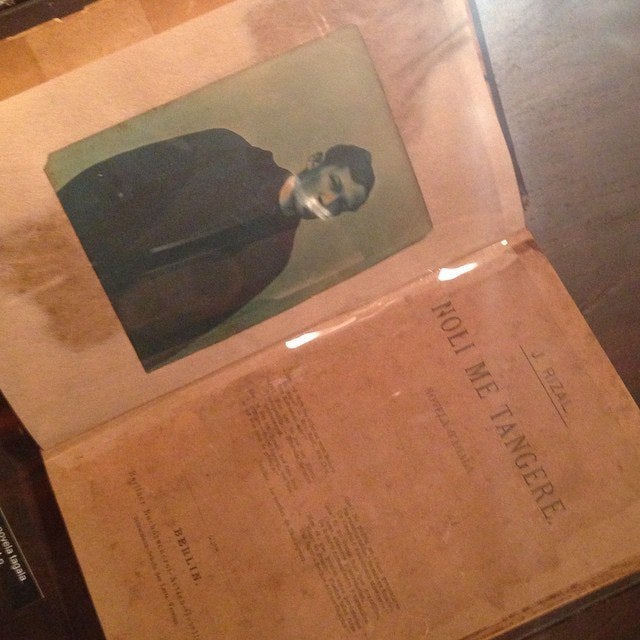
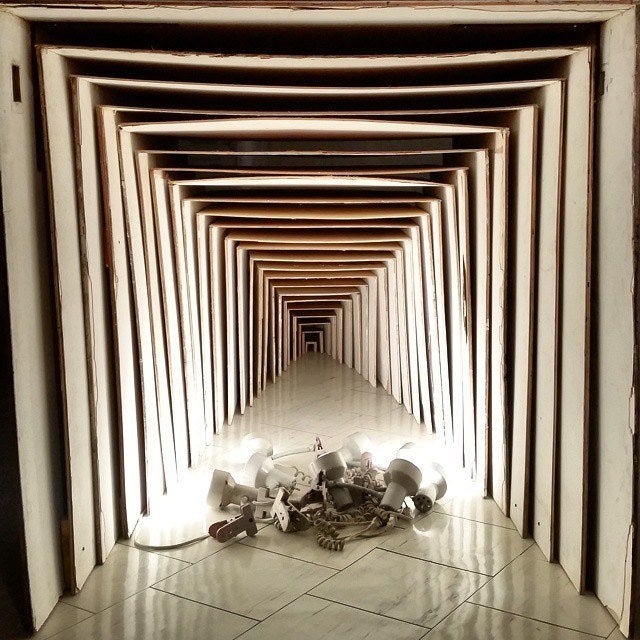

Location: Pasig City
The Lopez Museum offers a well-curated collection of historical paintings and contemporary art, but its hidden gems are the collections of rare Filipiniana books, manuscripts, and other reading materials, which date back to the 1500's.
11. Bahay Tsinoy
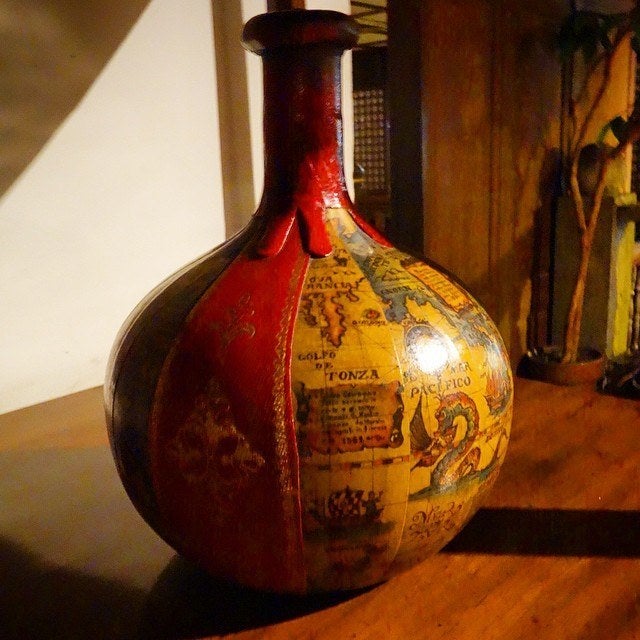
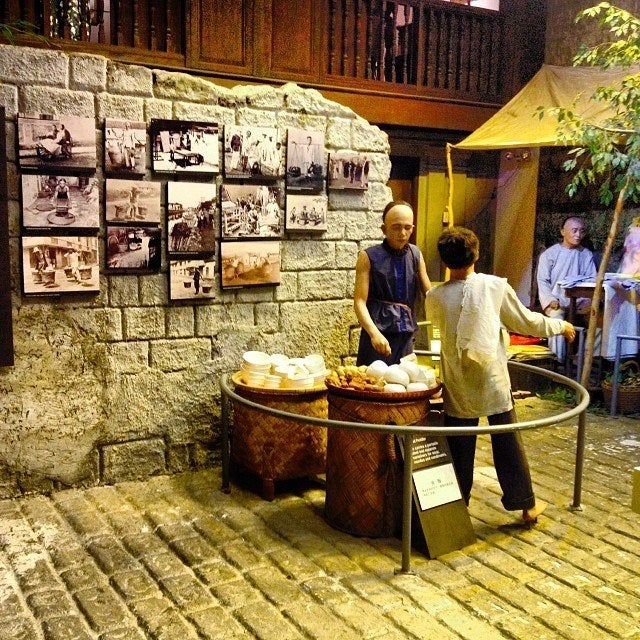
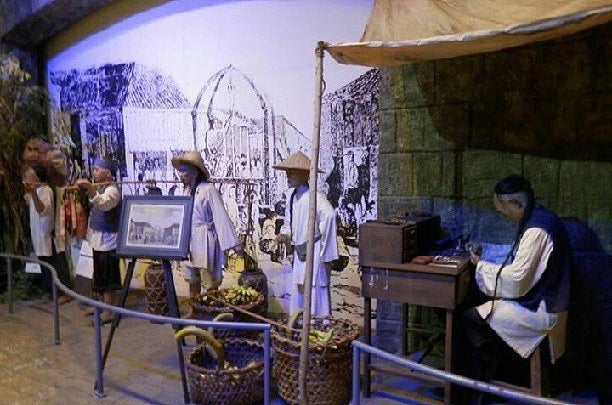

Location: Intramuros, Manila
Bahay Tsinoy resembles a wax museum because of the wax figures depicting the life of early Chinese settlers in the country. The museum is dedicated to how the Chinese built the district of Binondo as it is today and how they adapted to the Filipino culture.
12. Light and Sound Museum


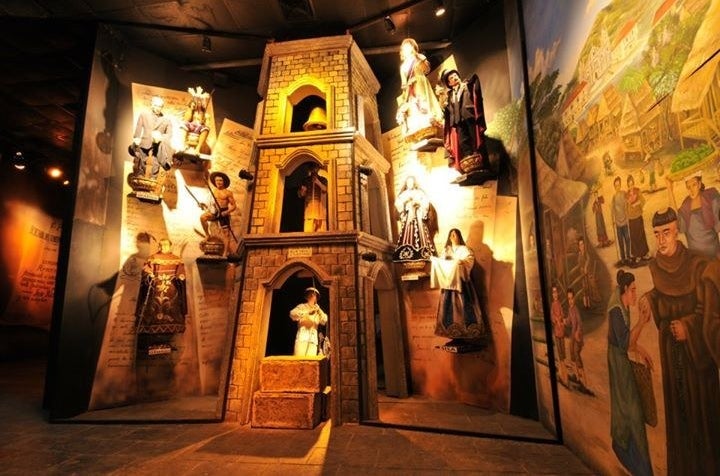
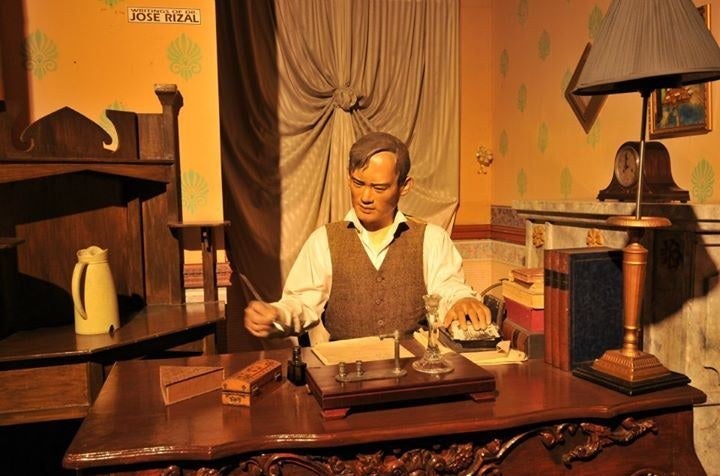
Location: Intramuros, Manila
The Light and Sound Museum takes its visitors on a journey back through time using digital images, sounds, and animatronics to narrate the Spanish colonial period and the Filipino's struggle for freedom.
13. Rizal Shrine - Fort Santiago
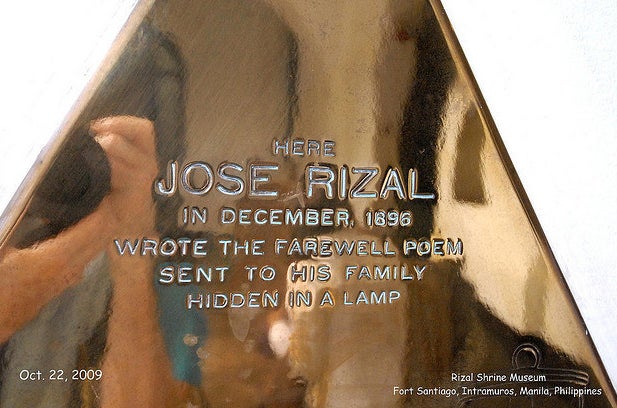


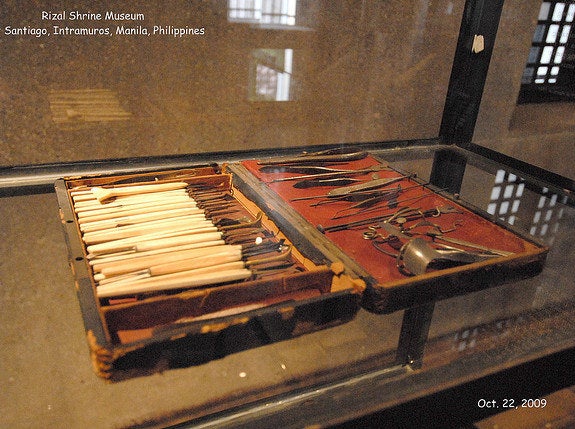
Location: Intramuros, Manila
The Rizal Shrine in Intramuros houses the prison cell where Jose Rizal spent his last night before being executed at Bagumbayan. It's the site where he wrote his famous farewell poem "Mi Ultimo Adios." It was later turned into a museum which holds many of the hero's memorabilia, artworks, books, and manuscripts.
14. Museo De La Salle
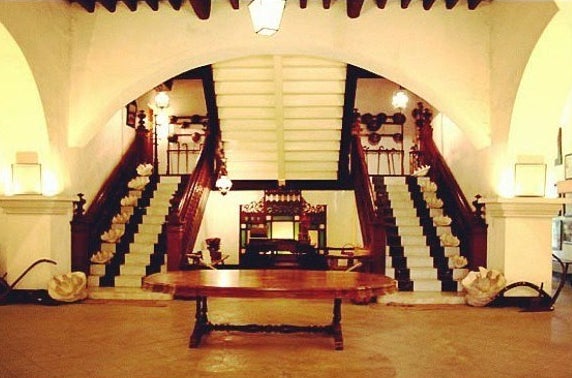
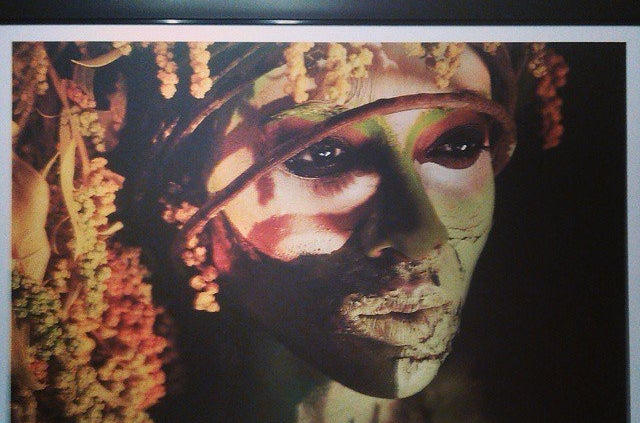
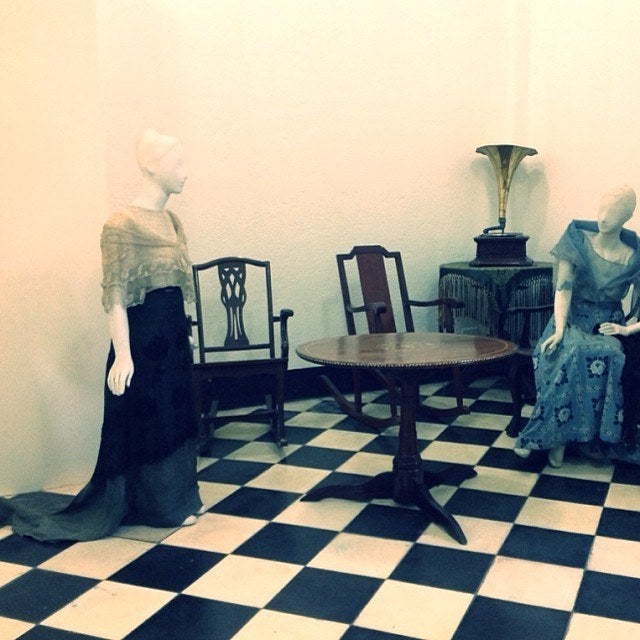
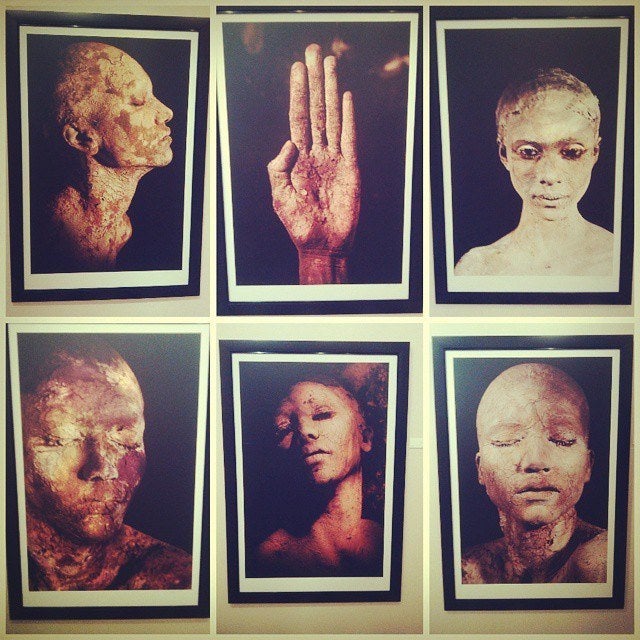
Location: Dasmariñas, Cavite
Aside from the occasional exhibits by various artists, Museo De La Salle also dedicates itself to the preservation of 19th-century Philippine Ilustrado material culture.
15. San Agustin Museum
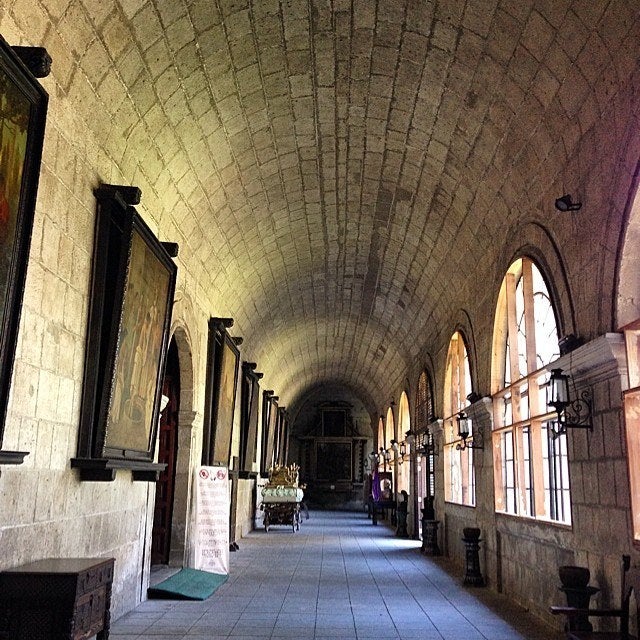

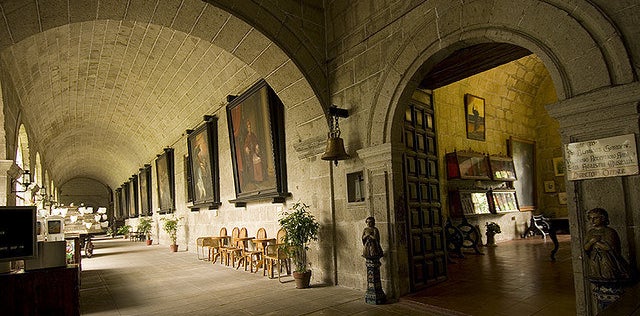
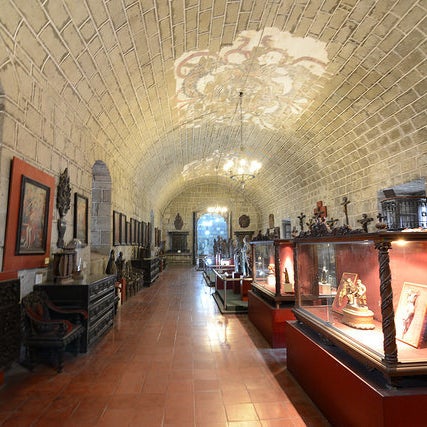
Location: Intramuros, Manila
San Agustin Museum focuses on the history of Catholicism in the country as introduced by the Spanish colonists. Aside from wooden and ivory relics and paintings, it's also home to a mausoleum that houses the remains of various iconic people in the history of the Philippines, including Miguel Lopez De Legaspi—the Spanish governor who named Manila as a Spanish colony.
16. Yuchengco Museum
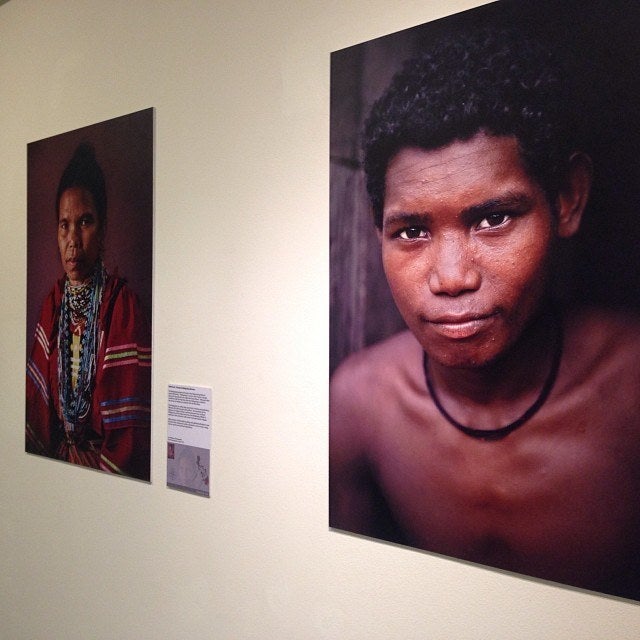
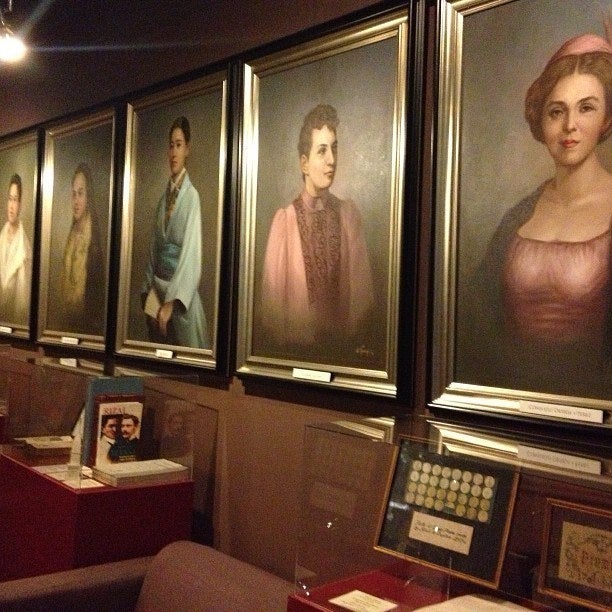
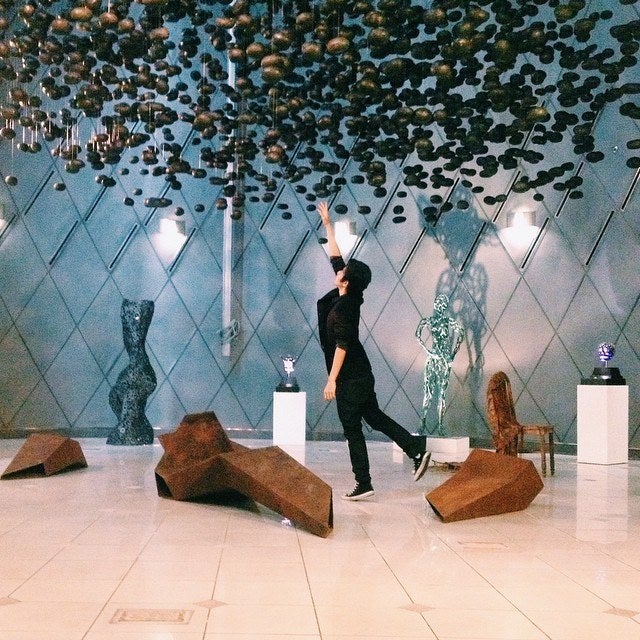
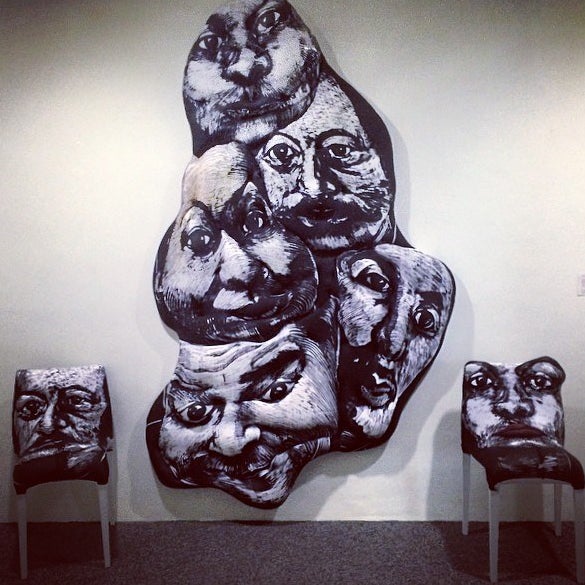
Location: Makati City
The Yuchengco Museum houses works of some famous Filipino artists like Juan Luna, Fernando Amorsolo, and Carlos Francisco. It also has a permanent collection of works from Filipino contemporary artists and national artists such as Ang Kiukok, Napoleon Abueva, and Vicente Manansala.
17. University Of Santo Tomas Museum of Arts and Sciences
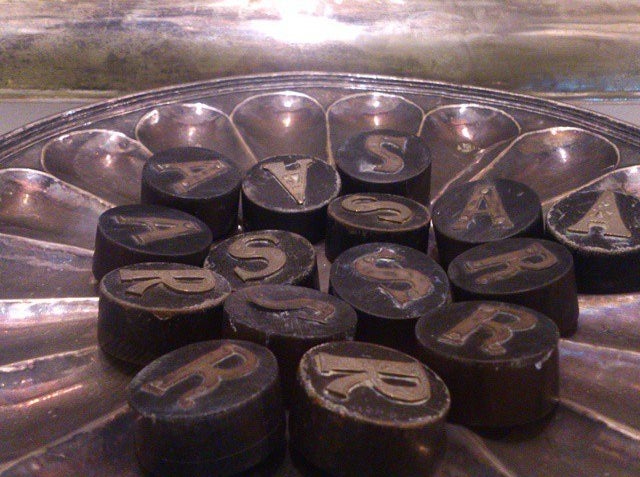

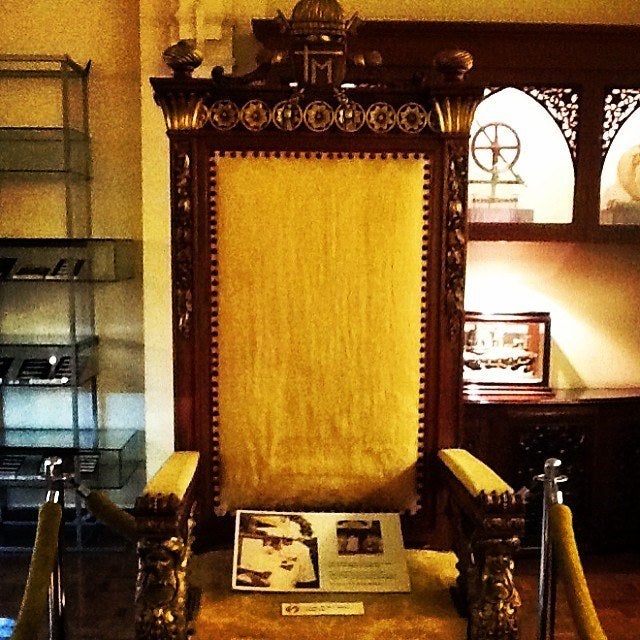

Location: Sampaloc, Manila
The UST Museum of Arts and Sciences is the oldest museum in the country. In addition to natural history, ethnography, and visual arts, the UST Museum is home to a collection of relics the school's friars used, such as the voting dice used to decide on a student's grade. It is also home to different ecclesiastical relics like the chair Pope John Paul II sat on during his 1981 visit in Manila.
